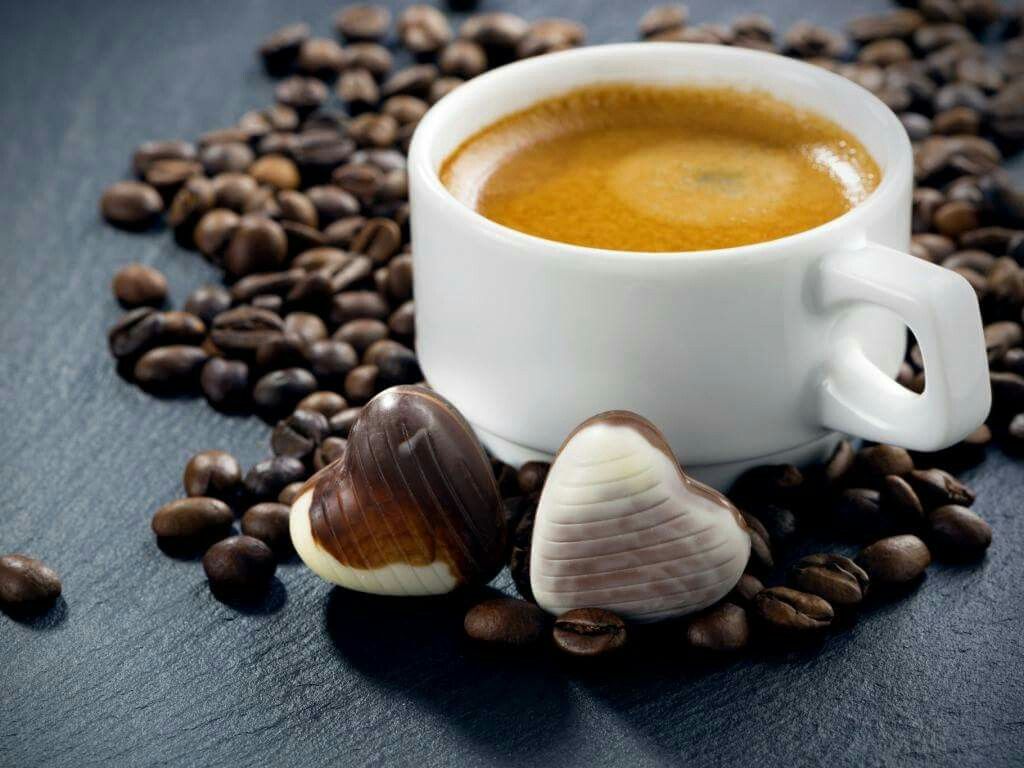Have you ever experienced this? The espresso tastes bitter even though you have used the best beans and invested in a high-quality portafilter machine? The solution to the riddle could be the degree of grinding. Because the correct degree of grinding of the coffee makes a significant contribution to the beans being able to develop their full aroma. Mamis Caffè explains what is important.
Aromatic or bitter: These factors influence the taste
How the coffee tastes depends on various factors. First of all, the type of beans and the growing area are essential. The type of roasting also determines how the aroma of Arabica, Robusta and Co. unfolds. Once you have found your favorite type and roasting method, it is up to you: the degree of grinding of the beans has a lot to do with how the finished coffee tastes.
This is how the degree of grinding affects the coffee
Whether you need fine, medium or coarse ground coffee depends on how you prepare your coffee. The decisive factor for the choice of roast is how long the powder comes into contact with the water.
If the coffee is very finely ground, it offers a lot of surface area and can develop its aroma quickly. A fine grind is therefore suitable for brewing methods in which water and coffee only meet briefly. If finely ground coffee stays in the water for too long, not only the delicious coffee aromas are released, but also bitter substances.
If, on the other hand, the coffee steeps in the water for a longer period of time, coarse grinding is recommended. The aromas dissolve more slowly from it.
Overview: Which degree of grinding suits your coffee?
There is no uniform numerical value that covers all coffee grinders. Basically, we differentiate between fine, medium and coarse when it comes to the degree of grinding. Not much can go wrong within these guidelines.
Fine grind
The consistency of the very fine degree of grinding is similar to that of flour.
It is suitable for:
mocha
portafilter machine
fully automatic coffee machine
During machine preparation in a portafilter machine or fully automatic machine, water is pressed through the coffee powder at high pressure. In the very short contact time, the aromas have to unfold as quickly as possible. This is only possible with a fine grind. If the coffee were too coarse, the water would flow through too quickly and the coffee would be sour and too thin.
Medium grind
The consistency of the medium degree of grinding roughly corresponds to that of sugar or fine sand.
It is suitable for
Bialetti (espresso maker)
hand filter
Classic filter coffee maker
Aeropress
When preparing a filter coffee or an espresso in a pot on the stove, the contact time between water and coffee is significantly longer. The water drips through the filter or slowly rises out of the jug. The ideal degree of grinding is correspondingly coarser than with the methods using mechanical pressure.
Coarse grind
Coarsely ground coffee is similar in consistency to coarse sea salt.
It is suitable for:
French Press (strainer pot)
Siphon coffee maker
Carlsbad pot
Coarse grinding is ideal wherever the coffee powder steeps in the water for a longer period of time. Finely ground coffee would release too much aroma here and end up tasting strong and bitter.

